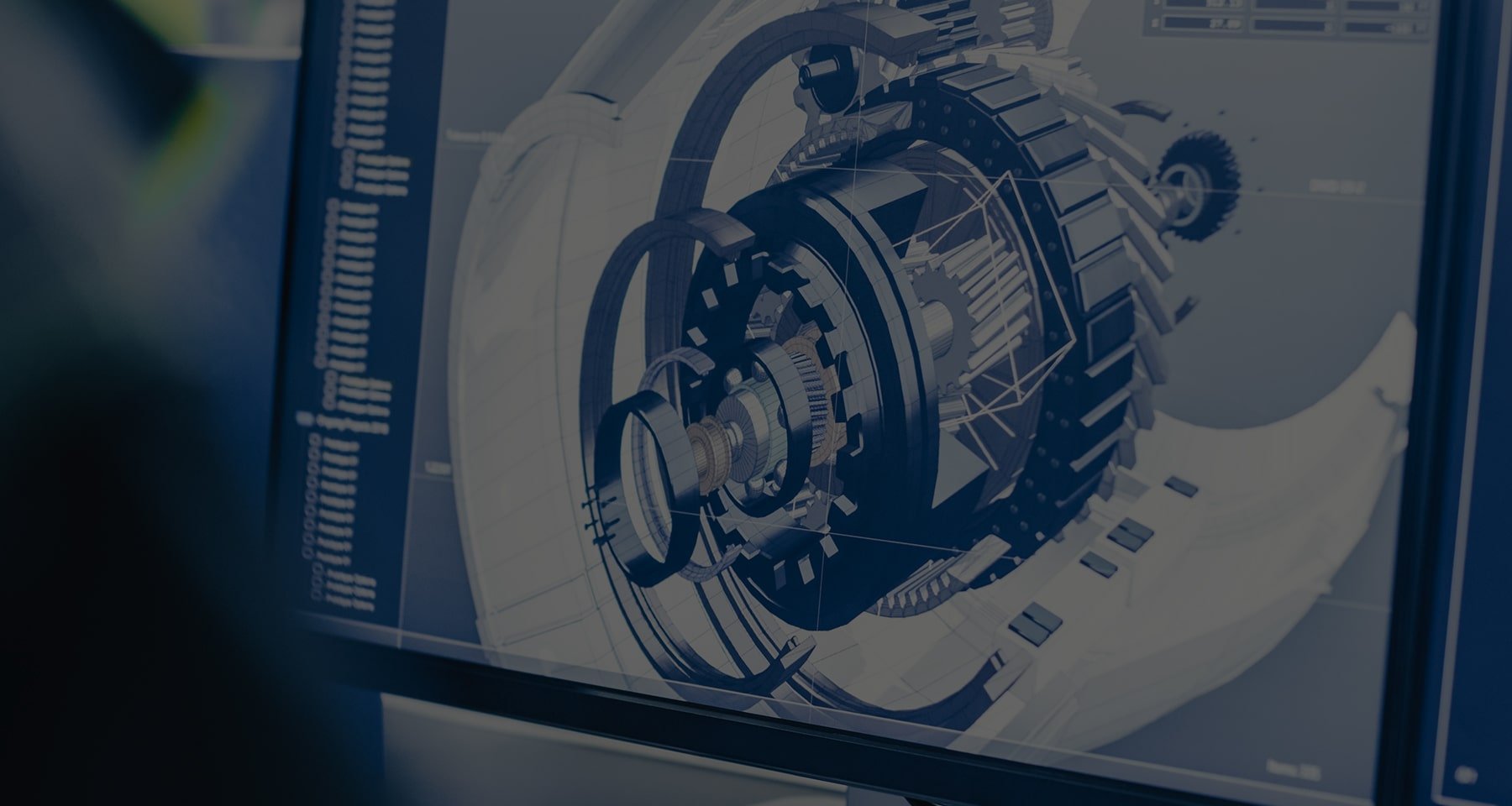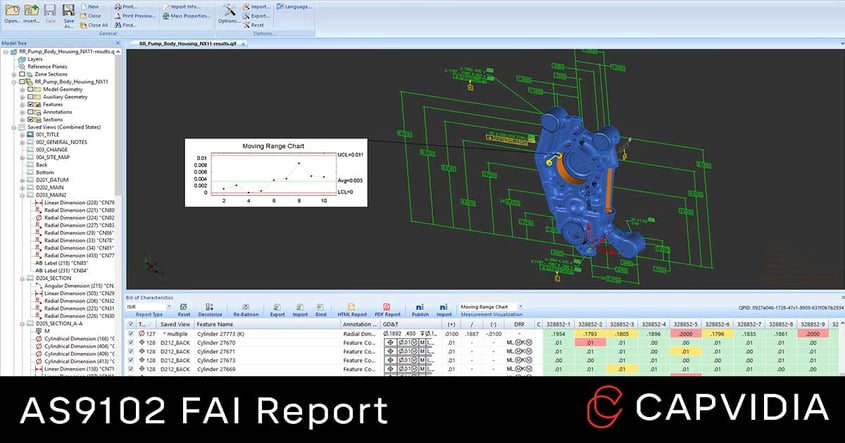
What is AS9102 First Article Inspection (FAI)?
AS9102 FAI is an SAE aerospace standard that verifies a manufacturing process can reliably and repeatedly produce a component or set of components according to the engineering design and intent.
The AS9102 First Article Inspection Report (FAIR) reviews the production process, documentation, and tooling, especially, dimensional properties that are not within tolerance and do not meet requirements:
- Incorrect or ambiguous product design
- Wrong or inconsistent quality of material
- Wrong or poor production process (e.g. equipment)
- Inconsistent quality control.
Major Aerospace FAI Requirements:
Who does the AS9102 First Article Inspection Report and When is It Required?
In general, suppliers or production team create the AS9102 FAIR for the customer to review.
FAIR is typically required for the following reasons:
- First production run of a new product.
- Changes in product: design, materials, and function.
- Changes in process: method, tools, location, and inspection criteria.
- More than 2 years since the part was produced.
How to Create AS9102 First Article Inspection Report (FAIR)?
AS9102 FAIR consists of three forms:
- Form 1: Part number accountability product and associated FAI. Here's where you find general info about the part, the FAI itself, and Bill of Materials (BoM).
- Form 2: Product accountability - materials, but also special processes, and functional testing.
- Form 3: Characteristic accountability - characteristic accountability, verification, and compatibility evaluation. Here's where you find all GD&T that is inspected.
What’s Included in a AS9102 FAIR?
- Guideline for engineering design requirements are verified and documented.
- Manufacturing process and part is capable and consistent.
- Validation of drawing, tool, and revision accuracy.
- Accurate dimensional & other quality properties: Position of holes, distance between edges, diameter and shapes of holes, material, electrical, weight, density, stiffness, color, surface finish, etc.
- Clear understanding and communication between purchaser and supplier.
FAIR are usually done in three ways:
- Manually: Pen and paper.
- Digitally: 2D PDF, Adobe Acrobat, and Microsoft Excel.
- Inspection software : Uses optical character recognition (OCR) to recognize engineering symbols directly from the drawing to create balloons with unique IDs.
However, all 3 methods are based on 2D drawings and are dependent on a human process, when automatic generation of a AS9102 FAI inspection planning can be done through model-based definition (MBD).
Automated FAIR & Auto-Ballooning with MBD
Though a model-based definition approach, the 3D CAD model along with semantic product and manufacturing information (PMI) can drive the FAI report, GD&T, bill of materials, notes, engineering change orders etc. for automatic tasks.
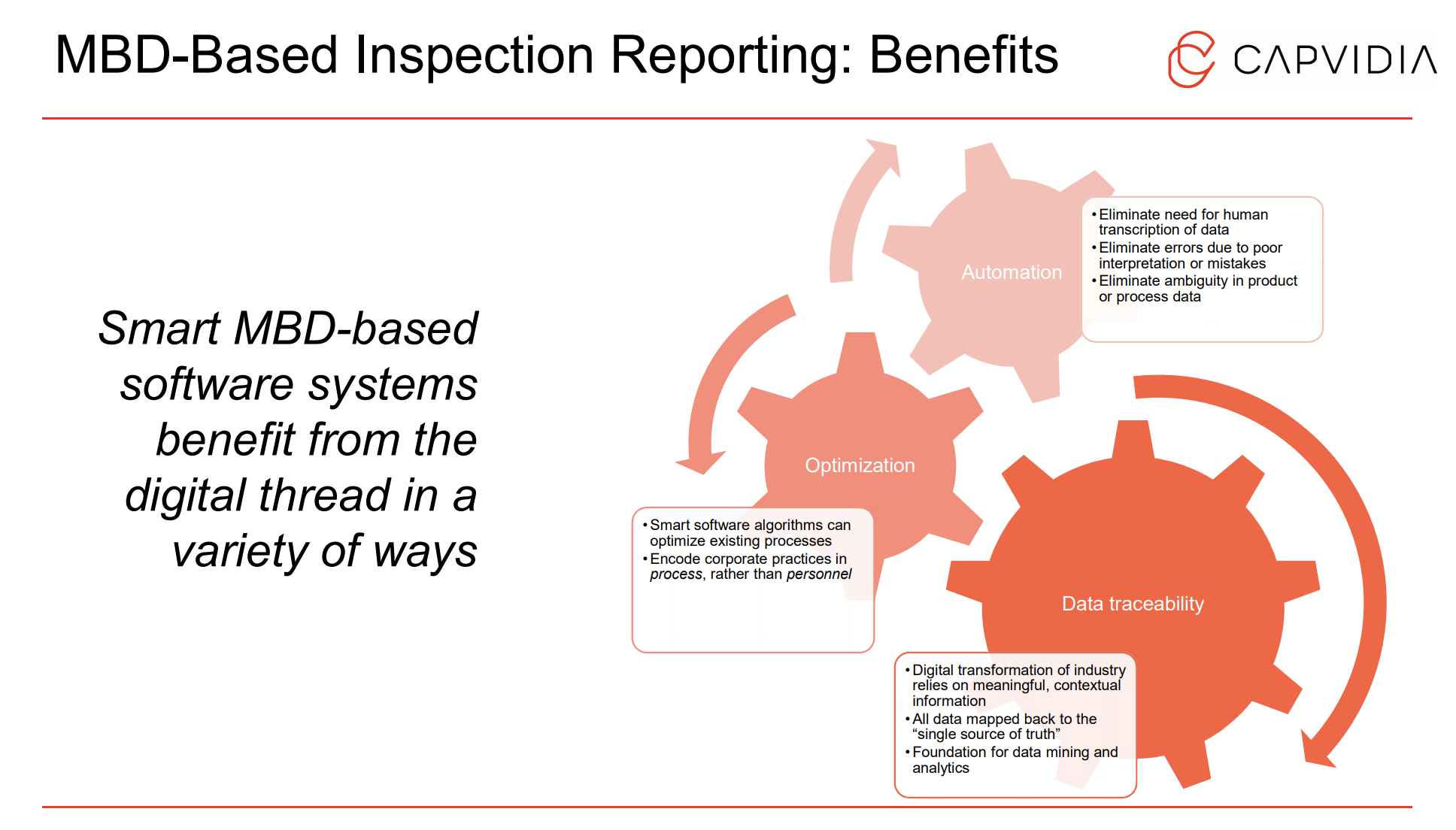
Learn more about MBD AS9102 FAI. Download: MBD-Based Inspection Reporting PDF
The power of MBD FAIR is the human and machine readability factor. With 2D drawings, data is for human consumption which presents two major problems: reliance on human process & interpretation and data that is underutilized.
For example, if a large company with multiple suppliers receive the same drawing, most likely, the company will get back 5 different FAIs with different GD&T interpretations from the suppliers.
MBD AS9102 FAI coming from the company first establishes the specification of the process and product more explicitly which ensures uniformity between different suppliers.
Also, quality and inspection teams are often viewed as pass/fail departments, yet they have valuable data that can help improve business products and problems.
MBD introduces data back into the ecosystem for improved designs, improved parts, and improved operations done quicker, cheaper, and more efficiently.
MBD AS9102 FAIR Benefits:
- Automated: No need for human transcription or interpretation. Auto-generated ballooning and data sorted into organized Bill of Characteristics.
- Reduce FAIR creation time up to 80%.
- Build and optimize a reliable and repeatable process.
- Data mapped back to the single source of truth.
- Start of the digital transformation from design to manufacturing.
- Valuable data to mined for analytics and business insights.
How to auto-generate MBD AS9102 FAIR
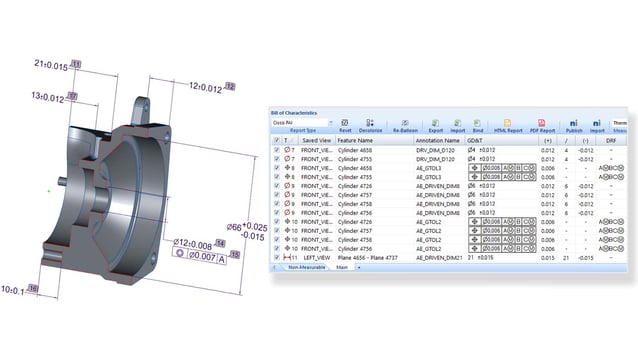
Instead of relying on 2D drawings, the Bill of Characteristics is generated within the 3D CAD model to create the AS9102 FAI workflows.
In this example we'll be using MBDVidia that includes automatic first article inspection and other inspection reports with one click.
We're including two examples: Excel and Net Inspect workflow.
How MBDVidia for FAIR works (Excel Workflow):
- Load a full annotated MBD model.
- Generate Bill of Characteristics: automatic ballooning and data sorted into organized BoC.
- Export Smart Excel report: Linked to MBD, AS9102 and ISIR, and customizable Excel forms and templates.
- Import Smart Excel report data to MBD model: see Excel data on model with results traceable to authority MBD dataset.
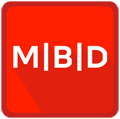
MBDVidia: Automatic BoC generation for FAI, PPAP, and other inspection reports.
How MBDVidia for FAIR works (Net Inspect Workflow):
- Load a full annotated MBD model.
- Generate Bill of Characteristics: automatic ballooning and data sorted into organized BoC.
- Publish: FAIR automatically generated and linked to MBD.
- Enter results and save FAIR.
- Import FAIR number: see Net-Inspect data on model with results traceable to authority MBD data set.
Need more information about AS9102 FAI generation?
Contact us and we'll glad to help answer questions FAI, PPAP, or inspection programs.
Additional Reading
- MBD (Model-Based Definition): Definitive Guide
- What is PMI (Product Manufacturing Information)?
- QIF (Quality Information Framework): Definitive Guide
- 3D CAD Translation: Importing & Exporting The Right Format
- Top 7 Neutral 3D CAD File Formats


